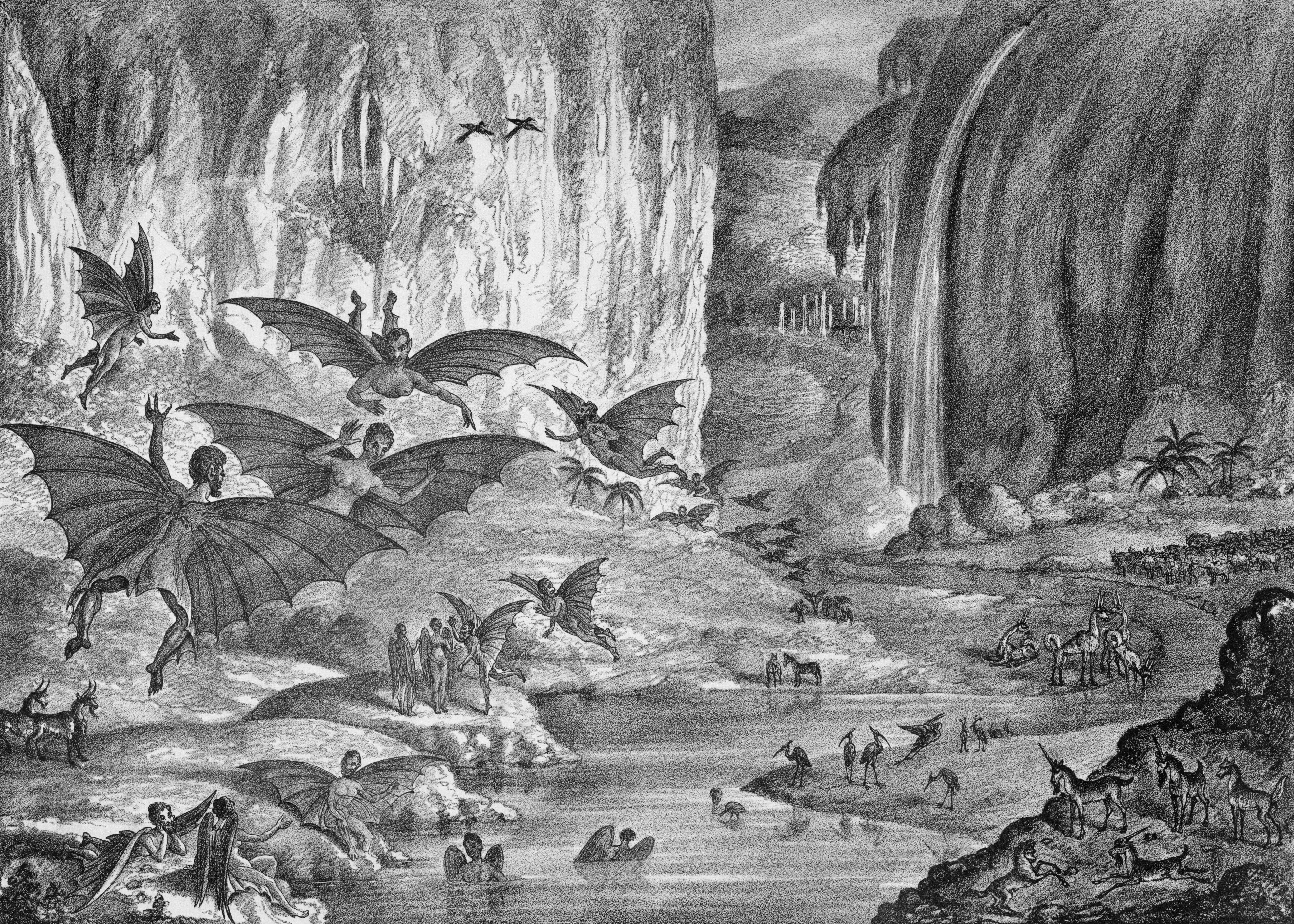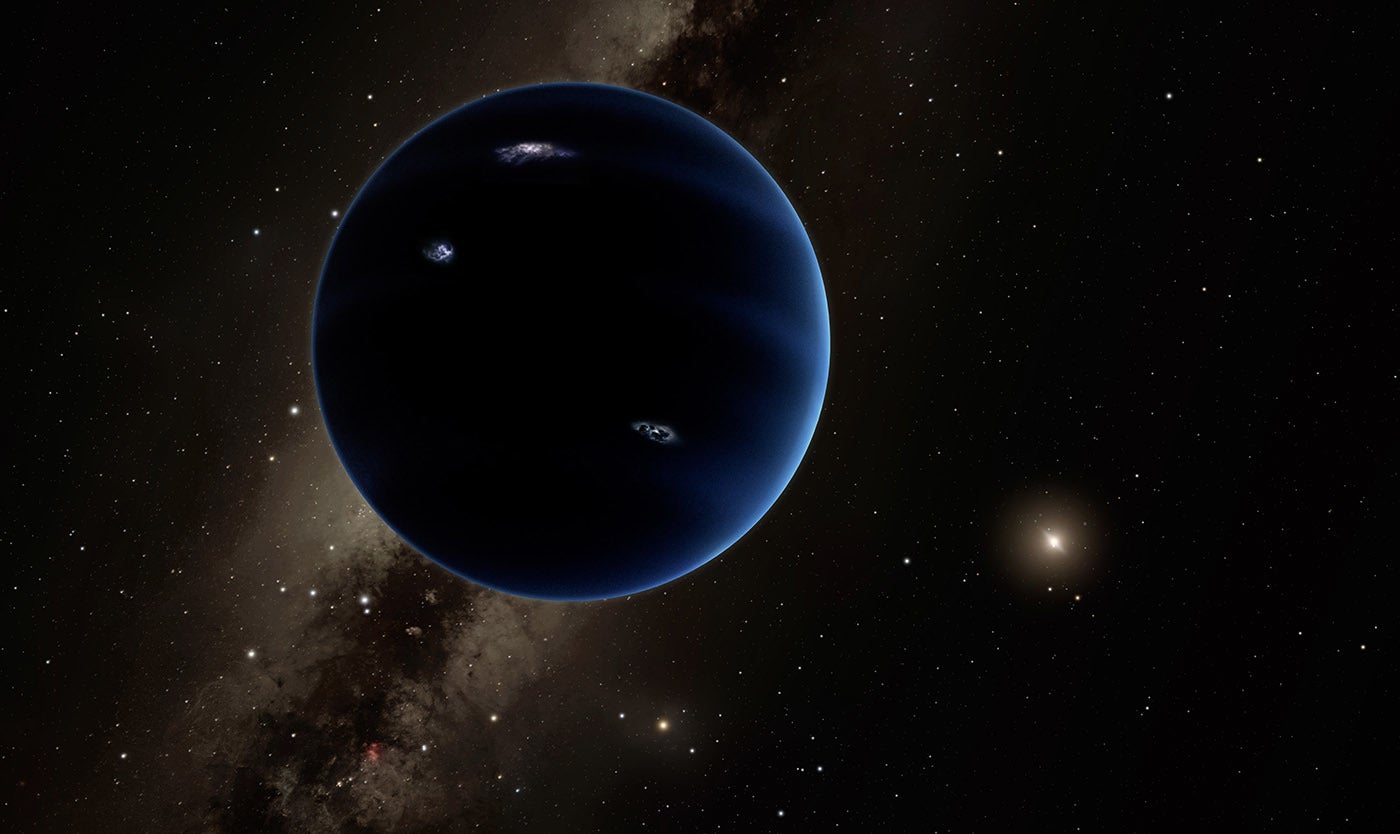
Following the July 2022 release of the first James Webb Space Telescope (JWST) images — a haunting deep field of galaxies, its stunning picture of the Carina Nebula, the captivating beauty of Stephan’s Quintet and the Southern Ring Nebula — a flurry of other space images started widely circulating across social media platforms. That was when French Scientist Étienne Klein shared a picture of the closest star to the Sun, Proxima Centauri, on Twitter.
The trusted researcher said the shot was taken by the JWST and praised its level of detail; the image was shared thousands of times across social media. But not all about the picture was as it appeared to be. This wasn’t Proxima Centauri at all. It was, in fact, a rather mundane (albeit tasty, I’m sure) slice of chorizo sausage against a black background.
When this was exposed, and in the face of considerable backlash, Klein apologized for the incident, which was dubbed “Chorizogate.” The scientist pointed out that his intention for sharing the image was as a response to the wide dissemination of JWST images and to “urge caution regarding images that seem to speak for themselves.”

“Along the lines of the Chorizogate, I remember the infamous ‘cheese frier’ — or buñuelo in Spanish — image presented as an image of our Sun,” Luz Ángela García, a cosmology postdoctoral researcher at Universidad ECCI in Bogotá, Colombia, tells Astronomy. “Although I think it was pretty funny, and the resemblance is uncanny, such hoaxes could generate a skeptical and cynical view toward professional astronomy.”
García adds: “There is nothing wrong with noting that a high-resolution image of an astronomical object has similar patterns as a piece of chorizo. What is not correct is to present the latter as an authentic astronomical image.”
As Chorizogate perfectly exemplifies, the growth of the internet and the increasing dependency on social media for news has made the propagation of both genuine science and sham images very easy.
However, it would be wrong to believe that hoaxes in and around astronomy are limited to the era of the internet. Such falsehoods have been around much longer than that, perpetuated by even the most reliable sources.
The Great Moon Hoax
Beginning in August 1835, the New York Sun ran a series of six articles that would become the foundation of one of the greatest astronomy hoaxes of the modern age. The articles documented the supposed findings of legitimate astronomer Sir John Herschel — who, in 1834, traveled to the Cape of Good Hope in South Africa to document the stars of the Southern Hemisphere. But the serialized story claimed that the English astronomer had also seen something else entirely.
The Sun described Herschel using a telescope lens 24 feet (7.3 meters) in diameter — at least six times larger than the biggest instrument available at the time — to spot vegetation, white sand beaches, bisonlike animals, and even a chain of pyramids on the Moon. A subsequent article added tiny reindeer and zebras, and even two-legged beavers to the lunar menagerie.
It was the fourth article that really took the cake: This is when the newspaper claimed that Herschel had spotted winged humans, dubbed “Vespertilio-homo” or man-bats, on the Moon. The “news” was widely re-reported across the globe.
“The Great Moon Hoax of 1835 is a terrific illustration of what happens when the media don’t exercise their journalistic responsibility to check stories for factual accuracy, or even engage in a hoax on purpose,” says astronomy professor Andrew Fraknoi of the The Fromm Institute for Lifelong Learning at the University of San Francisco.
English journalist and editor Richard Adams Locke eventually confessed to authoring the series, saying he’d intended it as satire. He claimed that in the process of creating what were essentially science-fiction stories and tall tales, he had severely underestimated the gullibility of the public.

The War that wasn’t
In October 1938, a radio dramatization of War of the Worlds told the story of an alien invasion in the form of news broadcasts. Although not intentionally a hoax, it may have caused some people to panic.
The broadcast was part of Orson Welles’ Mercury Theatre on the Air, which had been airing on CBS for 17 weeks. The story, based on the 1898 H.G. Wells novel of the same name, aired the week of Halloween with an introduction that clearly declared it a work of fiction.
Although these factors should have been dead giveaways, War of the Worlds supposedly caused at least some listeners to log calls with their local police departments, newspaper offices, and radio stations. How many is unknown; regardless of the true magnitude of the reaction, journalists began to report that the play had caused “nationwide hysteria.”
The reaction from the print media may have been overblown. Several newspapers used the incident to chastise radio producers and warn against the medium as a whole, which was growing in popularity as a news provider. The newspaper industry’s trade journal, Editor and Publisher, perhaps best echoed this sentiment when it wrote of the broadcast: “The nation as a whole continues to face the danger of incomplete, misunderstood news over a medium which has yet to prove … that it is competent to perform the news job.”
Welles purportedly faced questions for the rest of his life regarding his complicity in an attempt to perpetrate a space invasion hoax. His answers, according to Smithsonian Magazine, ultimately morphed from claims of innocents to tongue-in-cheek suggestions that he was well aware of the effect the broadcast could have on the public.

Doomsday 2012 and the planet Nibiru
By the early 2000s, the internet had began to sprout widespread claims that in December 2012, all life on our planet would be wiped out when Nibiru (sometimes called Planet X), a planet some four times the size of Earth, would slam into it.
The arrival of this supposed planet was linked to other end-of-the-world rhetoric, including the prognostications of Nostradamus and the supposed ending of the Mayan calendar in 2012.
The Mayan calendar categorically doesn’t end with December 2012. Instead, 2012 marks the end of one so-called “long count” and the beginning of another. And as for the planet, the fated collision of course never came to pass.
The truth is, it was never even a slight concern for astronomers.
“The Nibiru story began with claims that Nibiru, a planet purported to have been discovered by Sumerians as documented in ancient Sumerian texts, was headed toward Earth in 2012,” says Jeff Mangum, a scientist at the National Radio Astronomy Observatory in Charlottesville, Virginia. “Nibiru does not exist. The Nibiru myth is one of many hoaxes that use incorrect or misinterpreted astronomical information to propagate misinformation.”
Likewise, there is no evidence that Nibiru, purported by author Zecharia Sitchin in several books to orbit the Sun once every 3,600 years, even exists. In 2009, NASA Astrobiology Institute Senior Scientist David Morrison wrote in Astronomy Beat that the Sumerians left very little in the way of astronomical records and that they were, as culture, unaware of Uranus, Neptune, or Pluto. The Sumerians also likely did not even understand that the planets orbited the Sun.
“I think that astronomers have reached the point where we can offer extremely strong arguments that Nibiru does not exist,” Morrison wrote. “A large planet (or a brown dwarf) in our solar system would have been known to astronomers for many years, both indirectly from its gravitational perturbations on other objects and by direct detection in the infrared.”
Beware suspicious space stories
While many of these hoaxes and incidents are amusing, García warns there is a danger that they could be misleading and confusing for people unfamiliar with astronomy and she believes this could potentially pose a risk to astronomy as a field of science.
“It harms the credibility of science communicators and scientists alike. Chorizogate and some other fakes leave a stink in people’s minds that their taxes are not well spent, and the budget assigned to science/technology is not being used to fulfill a great purpose,” she says.
García acknowledges that social media is a strong and efficient tool to spread information quickly and reach a broad audience, but she suggests its power means we must be more on our guard for hoaxes than ever before.
“If social media managers and science communicators do not verify their sources or present fake facts in a deliberate way, they harm the ongoing outreach efforts of science journalists and scientists themselves around the world,” García concludes. “With great power comes enormous responsibility.”









